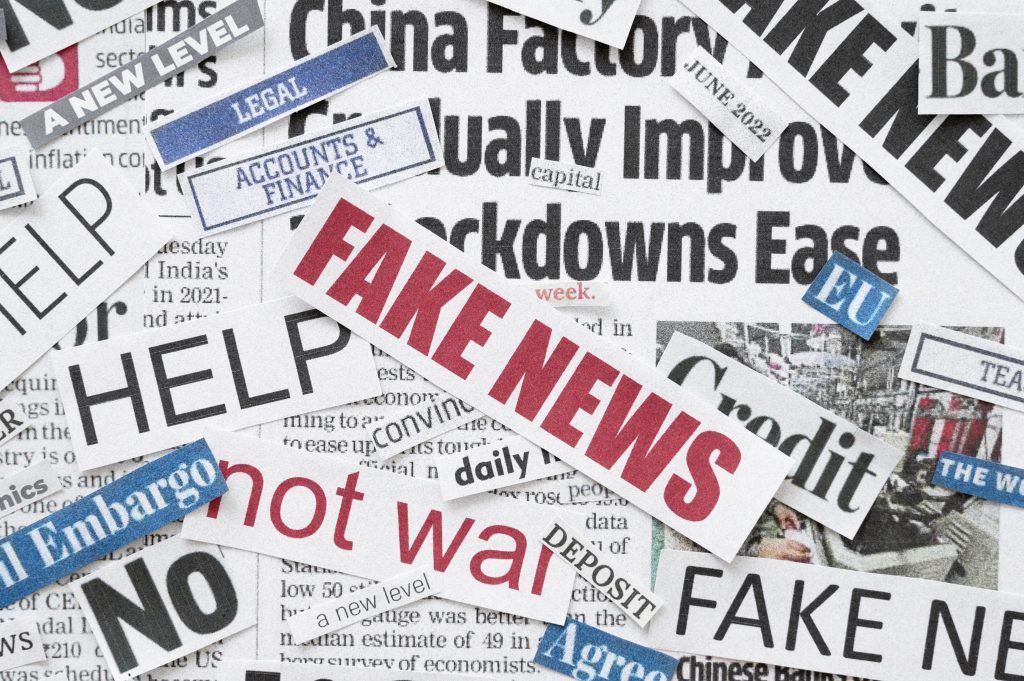In an age where information is abundant but trust is in decline, fake news has become more than a nuisance—it is a powerful force that shapes opinions, influences elections, and alters public perception. The question of why people believe fake news is more relevant than ever, and the answer lies in a complex blend of psychological tendencies, digital ecosystems, and social influences.

What Is Fake News, Really?
Fake news refers to fabricated information that mimics news media content in form but not in organizational process or intent. It is designed to mislead, provoke, or manipulate public opinion. It thrives on social media platforms where algorithms prioritize engagement over accuracy.
Focus Keyphrase: Why People Believe Fake News
Understanding why people believe fake news requires an exploration into how humans process information. According to a 2023 study from the Journal of Cognitive Neuroscience, belief formation is influenced not just by facts, but by emotion, identity, and repetition.
1. Cognitive Bias and Confirmation Bias
Perhaps the most well-documented reason we fall for fake news is cognitive bias—especially confirmation bias. This is the tendency to interpret information in a way that aligns with our preexisting beliefs.
- If a headline confirms what we already think, we’re more likely to believe it.
- Studies show that even after fake stories are debunked, people often continue to believe them if the stories support their worldview.
How It Plays Out:
Someone who strongly supports a political party might unquestioningly accept stories that portray their opponents negatively, regardless of the source’s credibility.
2. The Illusory Truth Effect
Repetition increases belief. Known as the “illusory truth effect,” this phenomenon shows that repeated statements are more likely to be perceived as true, even when they’re false.
- Social media amplifies this effect because misinformation can be shared rapidly and repeatedly.
- A 2022 study by the University of Cambridge found that people were 30% more likely to believe repeated false claims.
3. Emotional Appeal and Moral Outrage
Fake news often evokes strong emotional responses. Articles or posts designed to provoke anger, fear, or moral outrage are more likely to be shared.
- Emotional content bypasses rational scrutiny.
- Moral outrage content tends to go viral, creating a cycle of exposure and belief.
The more emotionally charged a message is, the more likely it is to be accepted as truth without critical thinking.
4. Social Identity and Groupthink
Social identity plays a significant role in the acceptance of fake news. People are inclined to accept information that reinforces their identity as part of a group—whether political, cultural, or religious.
- When group norms support specific narratives, individuals are less likely to challenge those beliefs.
- Peer validation from friends or group members further reinforces belief in misinformation.
5. Algorithmic Echo Chambers
Digital platforms are designed to show users what they are most likely to engage with. This creates echo chambers—environments where one is only exposed to information that confirms existing views.
- Algorithms on platforms like Facebook and YouTube increase the visibility of sensational content.
- This means people are less likely to encounter fact-checking or diverse perspectives.
6. Decline of Traditional News Trust
The erosion of trust in traditional news sources contributes to the appeal of alternative narratives, including fake news.
- Pew Research Center reports that trust in mainstream media has declined significantly in the past decade.
- As trust drops, people turn to unofficial sources, influencers, or partisan outlets that may promote misleading content.
7. Speed Over Accuracy in Online Environments
In the digital age, speed often trumps accuracy. People skim rather than read, and they share content without verifying it.
- According to MIT research, false stories spread six times faster than true ones on Twitter.
- People often rely on headlines alone to make sharing decisions.
Practical Tips to Combat Fake News
1. Use Fact-Checking Tools
- Websites like Snopes, PolitiFact, and FactCheck.org can verify questionable claims.
2. Evaluate the Source
- Check if the source is credible, known for journalistic integrity, and cites original evidence.
3. Read Beyond the Headline
- Headlines are often sensationalized. Read the full article before forming an opinion or sharing.
4. Watch Out for Emotional Manipulation
- Ask yourself: Is this content trying to make me feel something more than it’s trying to inform me?
5. Diversify Your Information Sources
- Follow a variety of news outlets with different perspectives to break out of echo chambers.
Why This Still Matters in 2025
The logic behind why people believe fake news is not just an academic topic. With deepfakes, AI-generated content, and hyper-targeted misinformation campaigns on the rise, understanding this issue is more crucial than ever.
- Misinformation influences elections, public health decisions, and climate change opinions.
- Social media companies are under increased scrutiny to curb the spread of false information.
Final Thoughts
The reason why people believe fake news lies in a combination of psychological tendencies and digital dynamics. As our online environment becomes more complex, so too must our approach to discerning truth. By understanding the logic behind belief, we can foster a more informed, critical, and resilient society.
References:
- Pennycook, G., & Rand, D. G. (2021). The Psychology of Fake News. Trends in Cognitive Sciences.
- Vosoughi, S., Roy, D., & Aral, S. (2018). The spread of true and false news online. Science.
- Lewandowsky, S., Ecker, U. K. H., & Cook, J. (2017). Beyond Misinformation: Understanding and Coping with the “Post-Truth” Era. Journal of Applied Research in Memory and Cognition.
- Pennycook, G., & Rand, D. G. (2022). Repetition and belief in fake news. Journal of Experimental Psychology: General.
- Pew Research Center. (2023). Public Trust in News Media. www.pewresearch.org






